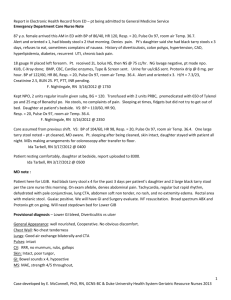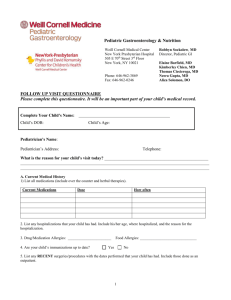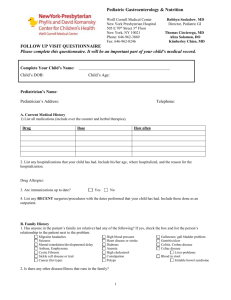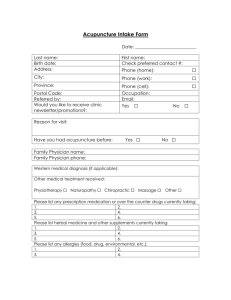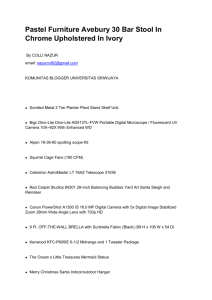Litterbox CSI - Nashville Cat Clinic
advertisement
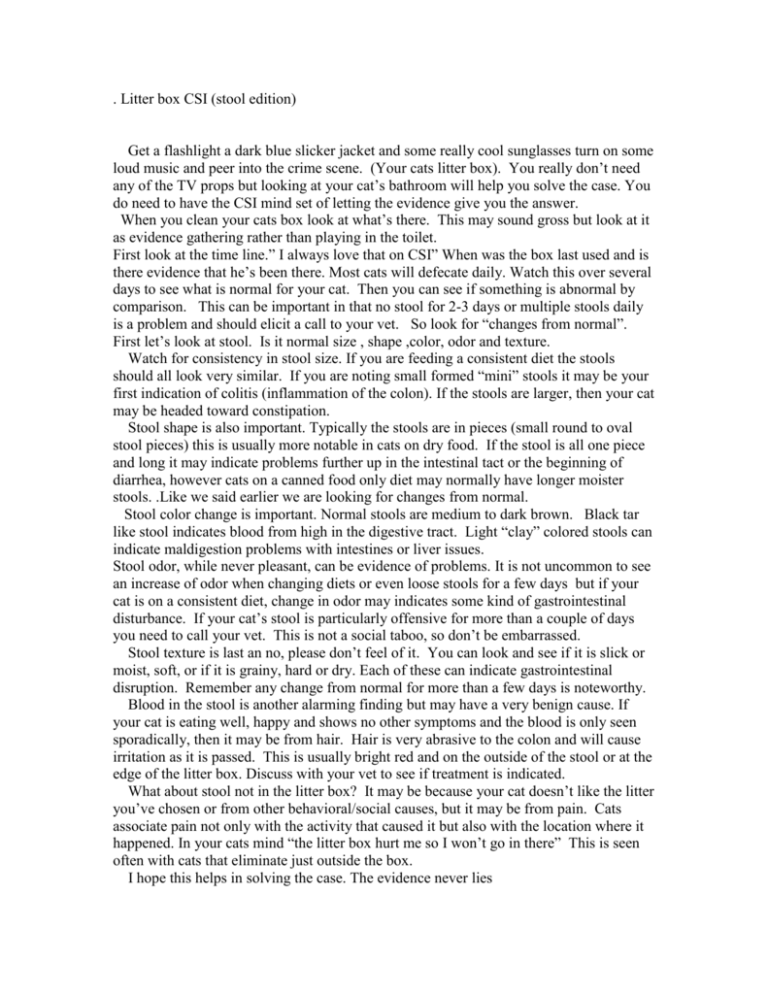
. Litter box CSI (stool edition) Get a flashlight a dark blue slicker jacket and some really cool sunglasses turn on some loud music and peer into the crime scene. (Your cats litter box). You really don’t need any of the TV props but looking at your cat’s bathroom will help you solve the case. You do need to have the CSI mind set of letting the evidence give you the answer. When you clean your cats box look at what’s there. This may sound gross but look at it as evidence gathering rather than playing in the toilet. First look at the time line.” I always love that on CSI” When was the box last used and is there evidence that he’s been there. Most cats will defecate daily. Watch this over several days to see what is normal for your cat. Then you can see if something is abnormal by comparison. This can be important in that no stool for 2-3 days or multiple stools daily is a problem and should elicit a call to your vet. So look for “changes from normal”. First let’s look at stool. Is it normal size , shape ,color, odor and texture. Watch for consistency in stool size. If you are feeding a consistent diet the stools should all look very similar. If you are noting small formed “mini” stools it may be your first indication of colitis (inflammation of the colon). If the stools are larger, then your cat may be headed toward constipation. Stool shape is also important. Typically the stools are in pieces (small round to oval stool pieces) this is usually more notable in cats on dry food. If the stool is all one piece and long it may indicate problems further up in the intestinal tact or the beginning of diarrhea, however cats on a canned food only diet may normally have longer moister stools. .Like we said earlier we are looking for changes from normal. Stool color change is important. Normal stools are medium to dark brown. Black tar like stool indicates blood from high in the digestive tract. Light “clay” colored stools can indicate maldigestion problems with intestines or liver issues. Stool odor, while never pleasant, can be evidence of problems. It is not uncommon to see an increase of odor when changing diets or even loose stools for a few days but if your cat is on a consistent diet, change in odor may indicates some kind of gastrointestinal disturbance. If your cat’s stool is particularly offensive for more than a couple of days you need to call your vet. This is not a social taboo, so don’t be embarrassed. Stool texture is last an no, please don’t feel of it. You can look and see if it is slick or moist, soft, or if it is grainy, hard or dry. Each of these can indicate gastrointestinal disruption. Remember any change from normal for more than a few days is noteworthy. Blood in the stool is another alarming finding but may have a very benign cause. If your cat is eating well, happy and shows no other symptoms and the blood is only seen sporadically, then it may be from hair. Hair is very abrasive to the colon and will cause irritation as it is passed. This is usually bright red and on the outside of the stool or at the edge of the litter box. Discuss with your vet to see if treatment is indicated. What about stool not in the litter box? It may be because your cat doesn’t like the litter you’ve chosen or from other behavioral/social causes, but it may be from pain. Cats associate pain not only with the activity that caused it but also with the location where it happened. In your cats mind “the litter box hurt me so I won’t go in there” This is seen often with cats that eliminate just outside the box. I hope this helps in solving the case. The evidence never lies
